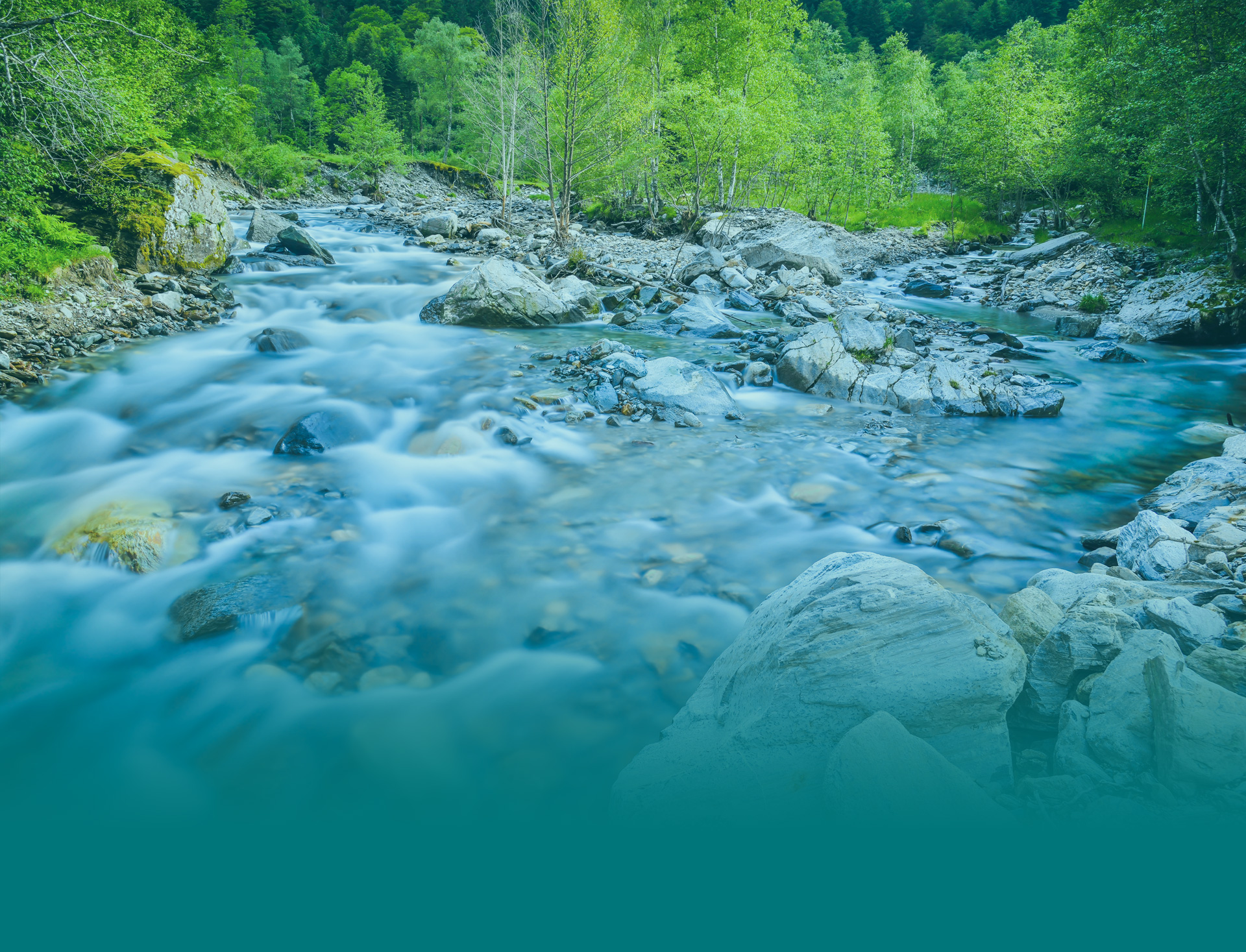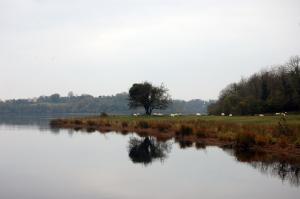Over the past 3 years the AQUACROSS Assessment Framework was developed, tested, and applied in eight case studies across Europe to solve local biodiversity challenges. Finally, results from each Case Study were published in a 30-page Case Study report and 3-page Executive Summary report.
The case study page summarises our work in Case Study 4, and makes recommendations for local policy.
| Find out mroe about Case Study Four: |
| Case Study Report |
| Executive Summary |
| Case Study Report Annexes |
| Case Study data and information on the AQUACROSS Information Portal |
Results from Case Study 4 are summarised below:
Biodiversity challenge: The goal of this study was to examine the implications of the regulation on Invasive Alien Species (IAS) for practical management in Lough Erne, Northern Ireland, in the context of existing environmental commitments under EU legislation.
Context: Lough Erne sustains multiple competing activities, each with different demands from the system in terms of ecosystem services and physical resources. Lough Erne is a heavily modified water body, containing a range of non-native species following a long history of introducing new fish and other plants and animals. In recent times there has been an invasion and proliferation of the Nutall’s Pond Weed (Elodea nutalli), which is listed as an Invasive Alien Species of Union Concern. This new arrival is able to colonise deeper areas of the Lough and has clogged many areas of the lake, interfering with popular recreational activities, in particular boating. Managing Elodea while meeting the needs of competing users requires consensus on ecosystem boundaries and effective cross border cooperation.
What was done? The case study brought together a range of stakeholders from public service and NGOs, both north and south of the Northern Irish/Republic of Ireland border in a series of workshops. Mental models called “Fuzzy Cognitive Maps” of the Erne system were developed based on stakeholder inputs and were used to infer system behaviour. The models predict a likely decline in future water quality related to agricultural activities in the catchment. GIS models were used to map the impacts of altering lake levels on agricultural production in areas adjacent to the lake.
Results: Stakeholder views, combined with model outputs were used to identify a range of possible management options. One set of measures involved alteration of the lake levels to enable recreational boating, but also leading to a potential loss to agriculture in terms of inundated land, which we evaluated and costed. Agricultural nutrient management measures to reduce proliferation of the weed were also evaluated. The potential costs of conducting these measures were assessed and presented to stakeholders for feedback and comparison.
Lessons learned for managing biodiversity: The case study revealed the importance of considering the interconnections between policies. Potential solutions to the problem of Invasive Alien Species in Lough Erne will affect achievement of Water Framework Directive goals, as well as obligations under the regulation on IAS. At the same time, these goals cannot be considered in isolation from the overall driver of the Common Agricultural Policy.
Applicability of results: The case study provided a range of potential practical solutions to the problem of Elodea in Lough Erne, implementation of these solutions will require continued North South cooperation as well as consideration of trade-offs and development of consensus on the best approach for the area.


